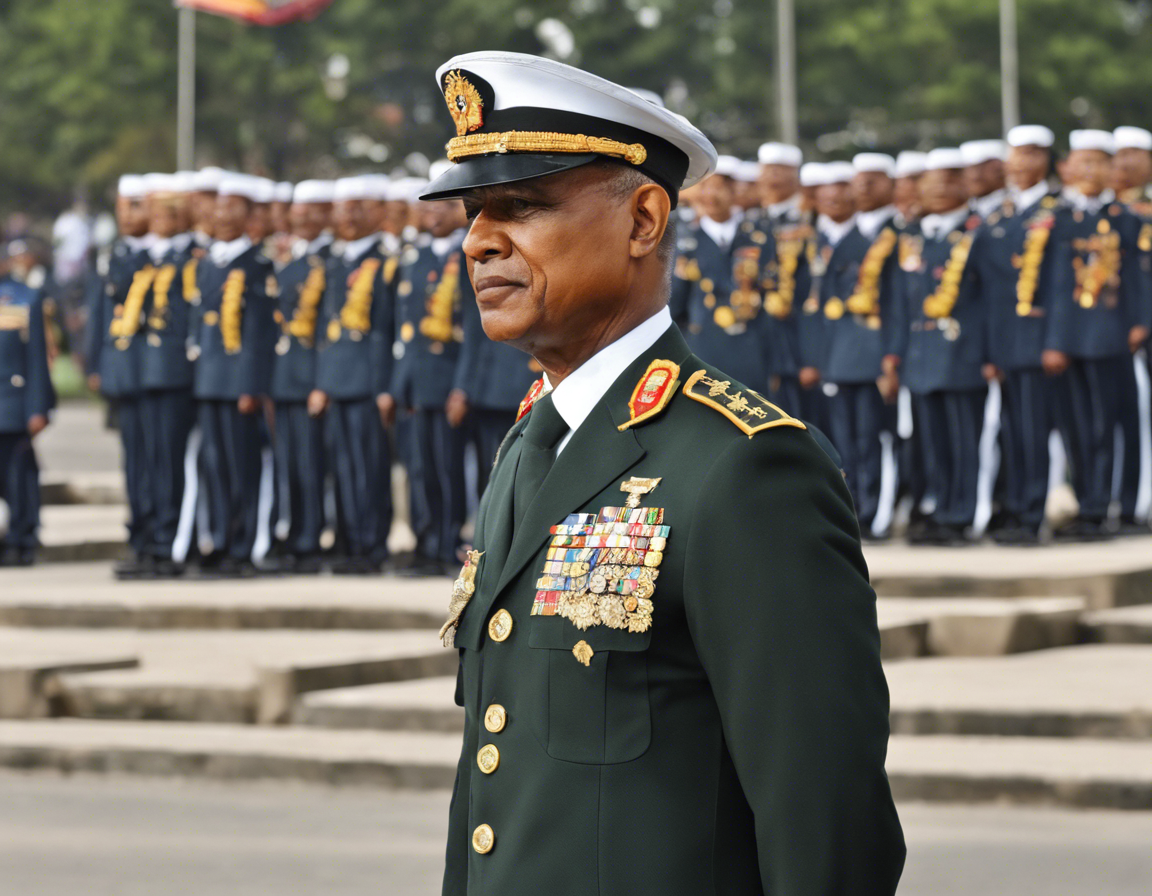Introduction:
Many people dream of becoming the President, but very few ever achieve that lofty goal. However, the journey to the highest office in the land can take many unexpected twists and turns. One such remarkable journey is that of Dwight D. Eisenhower, who went from serving as the President of the United States to being a humble Army Major earlier in his career. This article will delve into his extraordinary life story, highlighting the key moments that defined his rise to power.
Early Life and Military Career:
Dwight David Eisenhower was born on October 14, 1890, in Denison, Texas. Raised in a poor family, he learned the values of hard work, perseverance, and leadership from a young age. After graduating from the United States Military Academy at West Point in 1915, Eisenhower embarked on a distinguished military career that would shape his future in unexpected ways.
World War II and Supreme Commander:
Eisenhower’s defining moment came during World War II when he was appointed as the Supreme Commander of the Allied Expeditionary Force in Europe. Leading the D-Day invasion of Normandy on June 6, 1944, he played a crucial role in the eventual defeat of Nazi Germany. His strategic brilliance and leadership skills earned him widespread acclaim and paved the way for his future political ambitions.
Transition to Politics:
After the war, Eisenhower served as the Chief of Staff of the Army before retiring from active duty in 1948. His fame and popularity soared, leading the Republican Party to recruit him as a presidential candidate in 1952. Despite never having held elected office before, Eisenhower won a landslide victory and became the 34th President of the United States.
Presidential Legacy and Beyond:
During his two terms in office, Eisenhower oversaw significant achievements such as the creation of the interstate highway system, the desegregation of schools, and the establishment of NASA. His calm demeanor, diplomatic skills, and commitment to bipartisan cooperation made him one of the most respected leaders in American history.
FAQs:
1. How did Dwight D. Eisenhower rise through the ranks in the military?
– Eisenhower’s dedication to duty, exceptional leadership abilities, and strategic acumen helped him climb the ranks swiftly, culminating in his role as Supreme Commander during World War II.
2. What were Eisenhower’s key contributions as President?
– Eisenhower’s presidency was marked by achievements such as the interstate highway system, civil rights advancements, and the establishment of NASA, among others.
3. How did Eisenhower’s military background influence his presidency?
– Eisenhower’s military background instilled in him a sense of discipline, organization, and strategic thinking that he applied to his presidential duties.
4. Was Eisenhower’s transition from the military to the presidency smooth?
– While Eisenhower faced challenges transitioning from a military to a political role, his leadership skills and popularity among the American public ultimately helped him succeed.
5. What lessons can we learn from Eisenhower’s journey?
– Eisenhower’s journey from Army Major to President exemplifies the power of dedication, perseverance, and effective leadership in achieving one’s goals, no matter how improbable they may seem.
In conclusion, Dwight D. Eisenhower’s unlikely journey from a young Army Major to the President of the United States is a testament to the power of ambition, hard work, and resilience. His story serves as an inspiration to all aspiring leaders, reminding us that with perseverance and determination, anything is possible.
